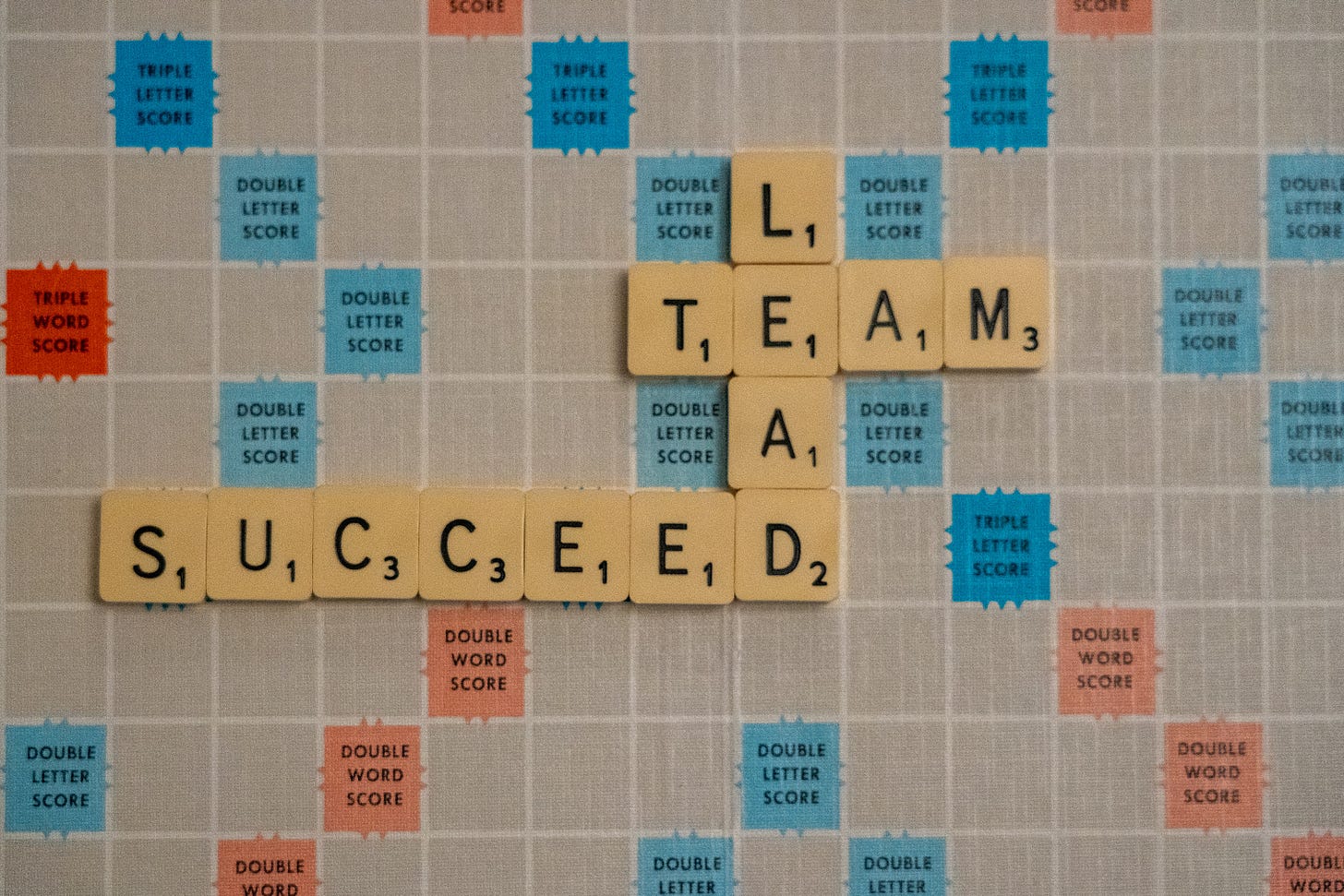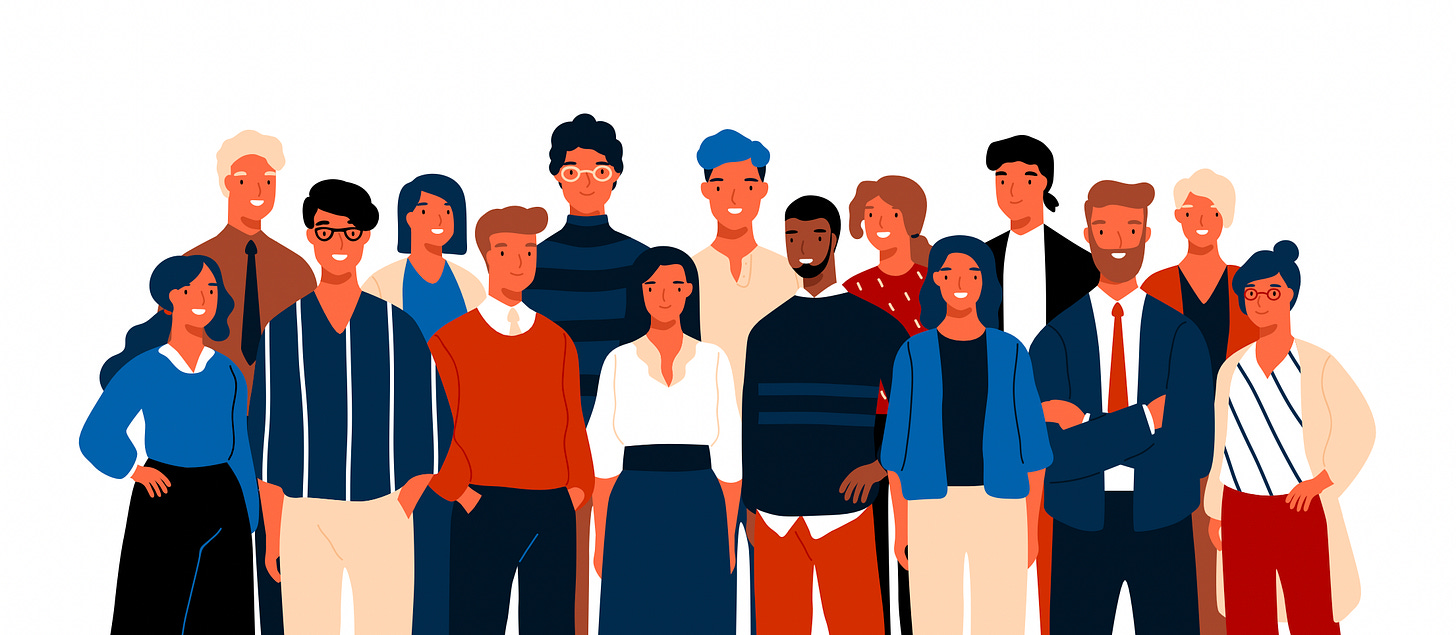Where Is Everyone?
How was the most recent online training you participated in? Most likely you were watching a series of videos or live webinars. While it’s convenient, you might’ve felt that something was missing.
What traditional employee training and onboarding lacks is the social context of in-person learning. The motivational boost from interactions with others.
The good news is that you can still reap the benefits of co-learning—even when training happens online. Keep reading to learn 4 ways to create social moments and enhance the success of your employees.
1. Remind trainees that others are on the same learning journey
A simple cue of collaboration can boost motivation. Similar to the benefits of working physically together with others, just knowing that they are not alone makes learners more engaged and persistent.
Get creative with your cues! Need some examples?
Show trainees the number or names of other people completing training or onboarding.
Let workers who have completed training share tips or cheerful words with others who have just started it.
Create a public forum, such as an open chat, where people can see what others are talking about.
Small cues like these will remind your employees that they are joined by many others working towards the same goal.

2. Show them what their coworkers are up to
Use people’s fear of missing out to your advantage. Information on what other people are doing is a strong motivator for action, so let trainees view the progress of others.
Make the message stronger! Relevance is key—highlight the success of similar employees. People will be more motivated to complete training if their coworkers have done the same.
Emphasize the growth in the number of learners. It’ll show your employees the collective importance of their training, encouraging them to stick with the trend.
3. Help them connect with higher-ups
There’s strength in sharing. Talking about one’s goals can help achieve them. What’s the key here? Help your employees express their goals to people whose opinions matter most.
Make your workers feel accountable for their training and long-term goals by encouraging them to share their efforts with seniors or managers. This isn’t one-size-fits-all—these connections can occur once at the beginning of the training program or as a recurring weekly progress report.
Keep them engaged! Encourage those higher-ups to provide feedback that recognizes process of learning, instead of the end outcome.

4. Positive feedback first, constructive feedback later
Let’s talk more about feedback. The types of feedback you give at different stages of the learning journey can make a difference.
Give a kudos to workers who have just completed the first step of a training program. This positive reinforcement early on will give them the confidence to achieve their goals and motivate them to stick around.
Save constructive feedback for workers who are almost done. At this stage, gently suggesting what can be done better will be received well—ensuring you meet your program goals.
At CoDo, we focus on social training. By simplifying onboarding into a seamless and engaging process, we encourage collaboration and create channels for feedback. With us, we guarantee you’ll keep workers engaged.
This article is written in collaboration with Fiona Lee, PhD., a behavioral science advisor at CoDo. Fiona is a people analytics and DEI expert who helps industry leaders leverage data and social psychology research for success in the workplace.



